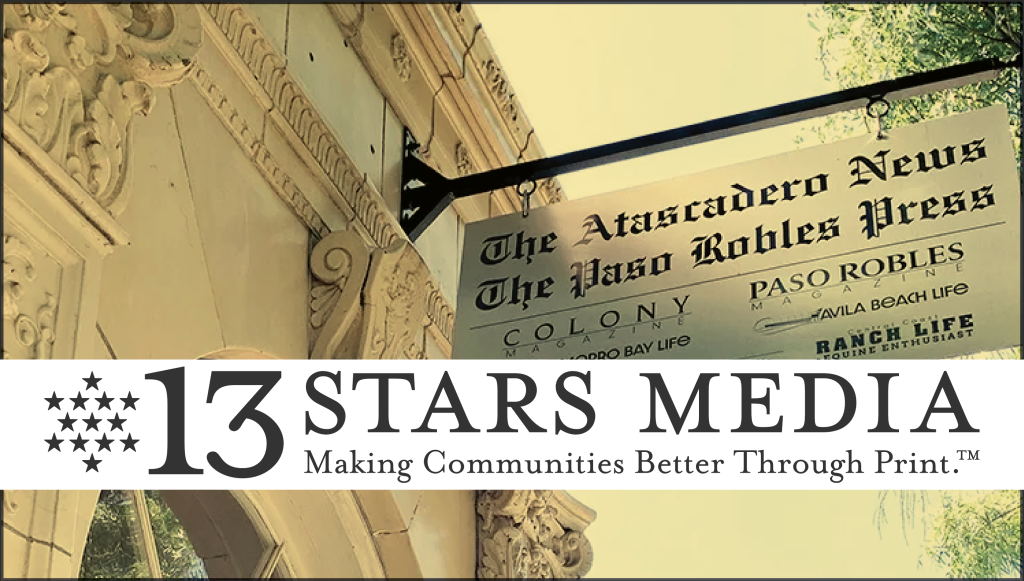By John Salisbury
“Wine is recession-proof and maybe somewhat pandemic-resistant as well. People will have their wine!”
~ Rob McMillan
Wine New’s article by Blake Gray about “Boom Times Ahead For US Wine Industry” that featured the annual State of the Wine report by Silicon Valley Bank’s wine guru Rob McMillan definitely caught my eye. That is because this last year was a disaster for the small wineries dependent on tasting room sales missing the spring-early summer trade and especially the unwarranted shutdown for the winter holiday season.
The big guys did well in the stores, although losing in the restaurant trade, but those that couldn’t find room on the grocery shelves have had a tough time since the St. Patrick’s Day Massacre.
So, reading the article that maybe when there is a COVID rebound, people vaccinated, and stores, restaurants, bars, and wineries opened again that “In 2021, we are going to party like it’s 1945,” according to one expert. The thinking is that later in the year, when things are hopefully somewhat back to normal, the pent up demand for all the deferred, delayed events, people will be celebrating weddings, family get-togethers, holiday celebrations, and it will be a rolling fun time not a specific date like the end of WWll.

That will be nice because the wine business has been in the long dark tunnel since the first shutdown, and just when they saw the light in the tunnel, it was the oncoming headlight of a train hauling the second shutdown. We have seen a spike in reservations on our slostay.com website for weddings and more foreign and out of state travelers coming to have a good time on our beautiful Central Coast this summer. Check around, and you will see wedding sites and caterers are getting booked up. People are tired of being locked up in their homes and locked out of good times and can’t wait to shake it off.
You might not believe that the disastrous summer-winter season was, in a way, good for the wine industry as a whole when looking at it from a different angle. As I mentioned in an early column, the West Coast states had so much bulk wine at the beginning of last year, because of the two previous heavy crop years, that it was making it very hard for winegrape growers to get contracts. There were lots of grapes left on the vine in 2018 and 2019 because the tanks were already full of wine starting the new seasons. Last year’s 2020 crop was a smaller than average harvest plus all the fire and smoke damaged grapes and wine. This year, the wine industry is going to be in a much more balanced position, and the growers have leverage. For those that had a tough time lining up with a winery last August, many now already have their fruit contracted for 2021 and some for beyond, with winegrape availability greatly in demand.
There is a little confusion about whether 2020 sales in the states were up, average, or down because of the many ways purchasing changed. Those who had bought wine in restaurants before the closure stocked up in grocery stores when the virus struck and later changed to buy wine online. In April 2020, the average winery sold around 2 percent of wine online, but it was up to 10 percent by November. Wine club sales were down 5 percent, tasting rooms down 37 percent (I think a heck a lot more than that in California because of so many competing wineries and draconian shutdowns versus not as many restrictions in other states), but e-commerce sales were up 153 percent.
Now it is expected that perhaps wine consumers might continue buying wine bottles via e-commerce. It may behoove wineries to make a digital investment because consumers have proven to be out there looking for a wine to buy on the internet. But that again can make it tough for the small winery from not getting lost in the increased number of wineries on the net, leaving them right back with the same problem as getting on the grocery store shelf.

McMillan states, “The underlying things that have been holding back wine industry growth haven’t been corrected. Neo-Prohibitionism. Reaching the health-conscious consumer. The rotation of younger and older consumers. We’ve got to attract that young consumer. In nine years, the youngest boomer crosses 66, retirement age. The salvation has to be that young consumer. The values that are important to the young consumer are transparency, social equity, and health.
Wineries have to reach out to people with what’s important to them instead of continuing to do the Lifestyles of the Rich and Famous that worked for my generation”. In recent surveys, this may well be happening already with the millennials now catching up with the boomer’s wine buying, but of course, our bunch of seasoned citizens are a diminishing species, and the millennials aren’t, and that might muddle-up the percentages! Judging from the trash, our millennial guests by far drink more wine than hard liquor, beer, hard seltzers, and hard cider combined, so that is something to feel good about.







You must be logged in to post a comment.